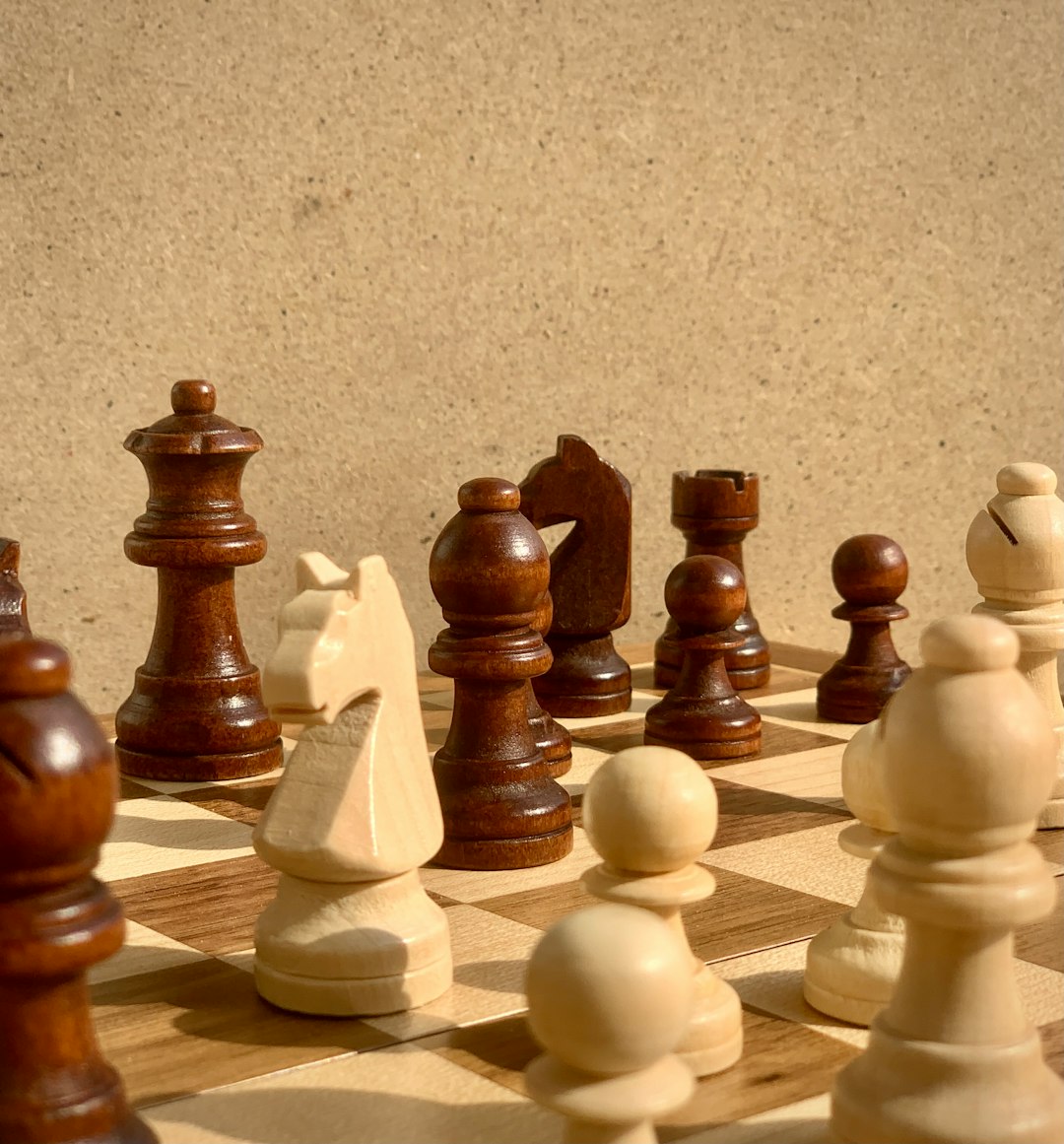Stickball, also known as “the little brother of war”, is a traditional Native American sport that has been played for centuries by various indigenous tribes across North America. It is a fast-paced, physical game that requires skill, agility, and teamwork. In this article, we will delve into the rich history of indigenous North American stickball and explore its cultural significance.
In this article, we delve into the origins and rituals of stickball, as well as its decline and recent revival. Join us as we explore the enduring legacy of this game and the important role it plays in honoring the Creator, connecting with the spirits, and preserving indigenous traditions.
Origins of Indigenous North American Stickball
The Legend of the Creator’s Game
According to legend, stickball was created by the Creator as a way for the people to resolve conflicts and maintain peace. The game was played between two teams, with each team representing a different animal. The Creator gave the people a ball made of deerskin and a pair of sticks, one representing the sun and the other representing the moon. The game was seen as a way to honor the Creator and bring balance to the world.
Early Forms of Stickball
The exact origins of stickball are unknown, but it is believed to have been played by indigenous tribes across North America for thousands of years. Different tribes had their own variations of the game, with different rules and equipment. For example, the Cherokee tribe used a ball made of buckskin stuffed with deer hair, while the Choctaw tribe used a ball made of a wooden core wrapped in deerskin.
The Game of Life and Death

Stickball was more than just a game for indigenous tribes; it was a way of life. The game was often played to settle disputes between tribes, and it was seen as a way to honor the Creator and the spirits. The game was also used to train young warriors for battle, as it required strength, agility, and strategic thinking.
In some tribes, stickball was played as a substitute for war. Instead of going to battle, two tribes would play a game of stickball to determine the winner. This not only prevented bloodshed but also allowed for the resolution of conflicts in a peaceful manner.
The Rituals and Ceremonies of Stickball
Stickball was not just a physical game; it was also a spiritual one. Before a game, players would participate in rituals and ceremonies to prepare themselves mentally and spiritually. These rituals often involved fasting, purification, and prayers to the Creator and the spirits.
During the game, players would wear traditional clothing and paint their faces with tribal symbols and designs. The sticks used in the game were also considered sacred and were often blessed by a medicine man before being used.
The Decline and Revival of Stickball
With the arrival of European settlers, the game of stickball began to decline. The settlers saw the game as a threat and banned it in many areas. As a result, many indigenous tribes were forced to give up their traditional game.
However, in recent years, there has been a revival of stickball among indigenous communities. The game is now seen as a way to preserve and celebrate indigenous culture and traditions. Tournaments and festivals are held across North America, bringing together different tribes to compete and honor their heritage.
Modern Day Stickball

Today, stickball is still played by many indigenous tribes, and it has also gained popularity among non-indigenous communities. The game has evolved over the years, with new rules and equipment being introduced. However, the core elements of the game remain the same – teamwork, physicality, and respect for the Creator and the spirits.
In modern stickball, two teams of 6-10 players compete on a field that can range from 100 to 300 yards long. The objective of the game is to score points by hitting a small ball, usually made of rubber, into the opposing team’s goal. Players use sticks, which can vary in length and shape, to catch, carry, and throw the ball.
The Cultural Significance of Stickball
Stickball is more than just a game; it is a cultural tradition that holds deep meaning for indigenous communities. It is a way to honor the Creator, connect with the spirits, and preserve the history and traditions of their ancestors.
The game also serves as a way to bring communities together and promote unity and cooperation. Stickball tournaments and festivals are often accompanied by traditional dances, music, and food, creating a sense of celebration and pride among participants and spectators.
Conclusion
Stickball is a traditional Native American sport that has been played for centuries by various indigenous tribes across North America. It is a game that holds deep cultural significance and is seen as a way to honor the Creator, connect with the spirits, and preserve indigenous traditions.
Despite facing challenges and decline, stickball has endured and is now experiencing a revival among indigenous communities. It serves as a reminder of the resilience and strength of indigenous cultures and their traditions.
As we continue to explore and celebrate the rich history of indigenous North American stickball, let us also recognize and honor the people who have kept this tradition alive for generations.
